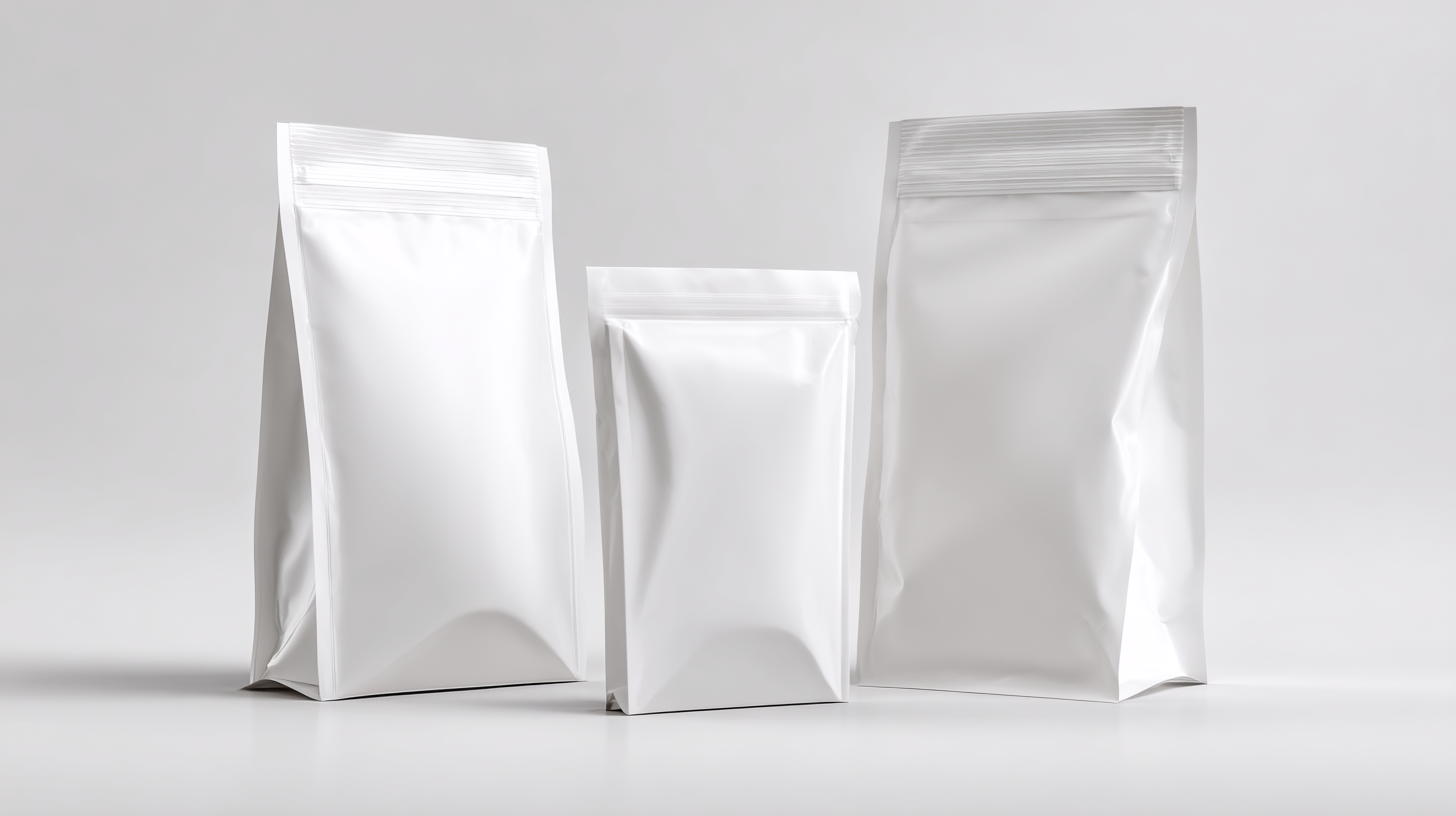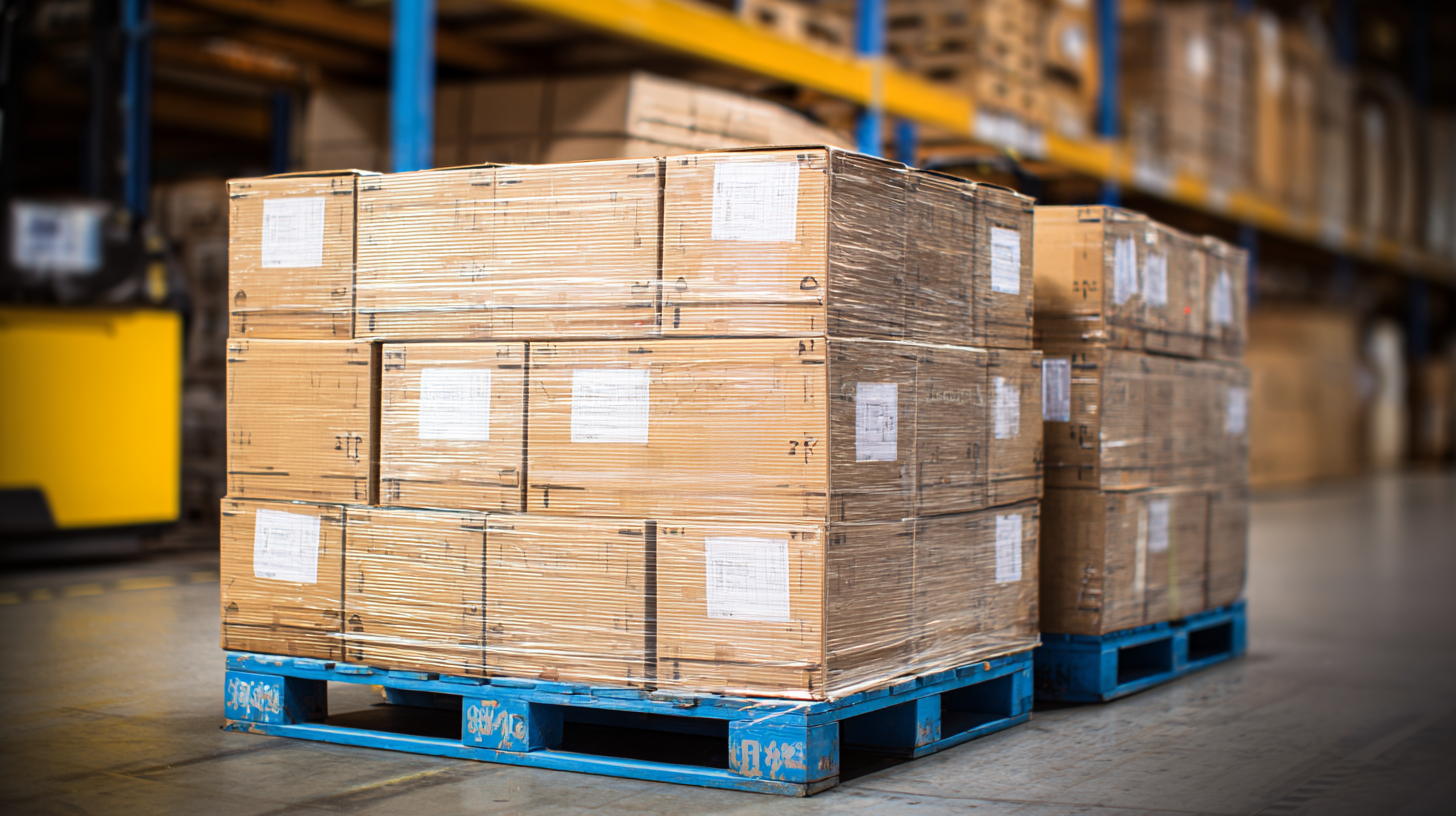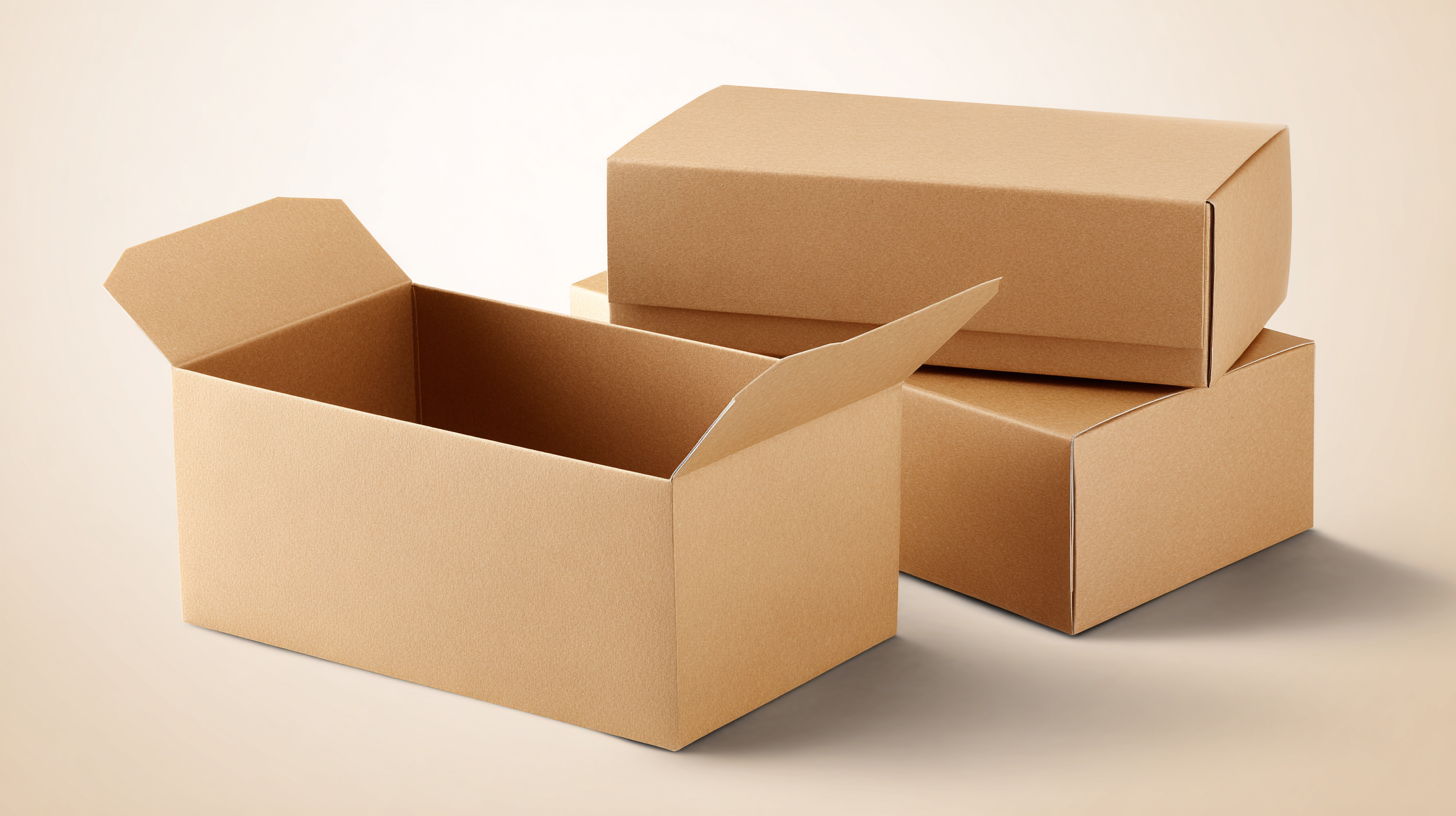Leave Your Message
In recent years, the demand for innovative packaging solutions has surged, reflecting a broader trend towards sustainable and efficient product delivery. Among these, the 3-Side-Seal Gusset packaging has emerged as a preferred choice for numerous industries, thanks to its ability to maximize shelf space while maintaining product integrity. According to a report by Smithers Pira, the global flexible packaging market is projected to reach $300 billion by 2025, with gusseted pouches playing a pivotal role in this growth due to their versatility and enhanced functionality. With features that enable easy opening, resealing, and effective barrier protection, the 3-Side-Seal Gusset is particularly favored in sectors such as food, personal care, and pet products. As companies strive to balance cost-effectiveness with environmental concerns, understanding the best strategies for selecting 3-Side-Seal Gusset packaging solutions becomes imperative for staying competitive in a rapidly evolving market.

When exploring 3-side-seal gusset packaging solutions, several critical features should be taken into account to ensure optimal performance and user satisfaction. According to a report by Smithers Pira, the global flexible packaging market is projected to reach $300 billion by 2025, driven largely by innovations in packaging technology. Among these innovations, 3-side-seal gusset bags stand out for their versatility and efficiency in various applications, from snacks to pet food.
One of the foremost features to consider is the material used in the packaging. High-barrier films, such as PET and aluminum laminates, provide excellent protection against moisture and oxygen, extending product shelf life. A study by the Flexible Packaging Association highlights that 75% of consumers prioritize packaging that ensures product freshness. Additionally, the gusset design enhances storage efficiency, allowing bags to stand upright and maximizing shelf space, which is increasingly important in retail environments.
Another critical feature is customization capabilities. With today's advancements in digital printing, brands can leverage bespoke designs that resonate with consumers. According to a survey by MarketsandMarkets, personalized packaging is expected to grow by 20% annually as businesses recognize its power in enhancing brand loyalty. The ability to incorporate functionalities like resealability or spouts into 3-side-seal gusset bags greatly improves user experience, making them a go-to choice for both manufacturers and consumers alike.

Gusset packaging is increasingly favored across various industries due to its practicality and efficiency. According to a recent report by Smithers Pira, the flexible packaging market is projected to reach $300 billion by 2025, with gusset bags being a significant contributor to this growth. The expandable side panels of gusset bags allow for greater product storage capacity, making them ideal for a wide range of products, from snacks to pet food. This design not only maximizes vertical space but also ensures better product visibility, leading to increased consumer appeal at the point of sale.
Moreover, the benefits of gusset packaging extend to sustainability, a critical consideration for modern brands. In a 2020 survey conducted by Nielsen, 66% of consumers indicated a willingness to pay more for sustainable brands. Gusset bags, often made from recyclable materials, align with this consumer demand while also reducing food waste due to their excellent barrier properties. Research from the Flexible Packaging Association emphasizes that flexible packaging utilizes fewer resources in production compared to rigid alternatives, further supporting the case for gusset packaging as a viable and eco-friendly choice for businesses looking to enhance their sustainability profile while meeting consumer expectations.
When selecting materials for 3-side-seal gusset packaging solutions, it’s crucial to consider factors such as barrier properties, sustainability, and product compatibility. According to a recent Smithers report, the flexible packaging market is projected to reach $300 billion by 2027, highlighting the increasing demand for innovative packaging materials.
Plastics, aluminum, and various biodegradable films are common choices, each offering distinct advantages in terms of shelf-life extension and product protection.
One key tip is to assess the specific needs of your product. For instance, if your packaging requires high moisture resistance, consider materials like Nylon or PVDC-coated films which provide exceptional barrier properties. Conversely, for eco-friendly options, materials derived from renewable resources, such as PLA (polylactic acid) or recycled polyethylene, can be suitable alternatives, as highlighted by the 2022 Global Bioplastics Survey.
Another important consideration is the printing capabilities of the material. Recent trends show that up to 70% of consumers are influenced by packaging design, making it essential to choose materials that allow for high-quality graphics. Flexographic printing on films like OPP (oriented polypropylene) not only enhances visual appeal but is also cost-effective for large runs, ensuring that your packaging stands out on the shelves.
When searching for the best 3-side-seal gusset packaging solutions, identifying quality suppliers and manufacturers is crucial. According to a 2021 report by Smithers, the global flexible packaging market is projected to grow to $300 billion by 2025, with gusset bags gaining popularity due to their versatility and efficiency. Key players in this market, such as Mondi Group and Amcor, are renowned for their commitment to innovation and quality. These manufacturers provide various options in terms of materials, sizes, and design customization, ensuring that businesses can find the perfect fit for their packaging needs.
Tip: When evaluating potential suppliers, consider their production capabilities and certifications. Companies that hold certifications such as ISO 9001 and BRCGS have demonstrated their commitment to quality management systems and hygiene standards. Additionally, assess their ability to meet your volume requirements and lead times, which can greatly impact your supply chain efficiency.
To ensure you're choosing the right supplier, leverage industry databases and trade shows. Engaging with suppliers at exhibitions like PACK EXPO can provide invaluable insights into new technologies and materials. Researching customer reviews and case studies also helps gauge the reliability and performance of potential partners—setting the foundation for successful packaging solutions tailored to your business's needs.
In the ever-evolving landscape of packaging solutions, cost-effectiveness and sustainability are two critical factors driving the choice of materials, particularly in the realm of 3-side-seal gusset packaging. According to a report by Smithers Pira, the global market for sustainable packaging is expected to reach $500 billion by 2025, reflecting a growing consumer preference for environmentally responsible options. This trend is pushing manufacturers to adopt materials that reduce waste while maintaining affordability. For instance, the utilization of recycled plastics in gusset packaging not only cuts material costs but also lessens environmental impact, aligning with both economic and ecological goals.
 Additionally, a survey conducted by the Sustainable Packaging Coalition revealed that 66% of consumers are willing to pay more for sustainable packaging. This statistic underscores the intertwining of cost-effectiveness and sustainability, as businesses that invest in eco-friendly packaging may find themselves in a position to enhance their market competitiveness. By choosing biodegradable materials or reducing excess packaging, companies can potentially lower their production costs and tariff liabilities while also appealing to a more environmentally conscious consumer base. In the face of rising regulatory pressures and shifting consumer demands, organizations must prioritize sustainable practices in their 3-side-seal gusset packaging solutions to ensure a successful balance between economic viability and environmental responsibility.
Additionally, a survey conducted by the Sustainable Packaging Coalition revealed that 66% of consumers are willing to pay more for sustainable packaging. This statistic underscores the intertwining of cost-effectiveness and sustainability, as businesses that invest in eco-friendly packaging may find themselves in a position to enhance their market competitiveness. By choosing biodegradable materials or reducing excess packaging, companies can potentially lower their production costs and tariff liabilities while also appealing to a more environmentally conscious consumer base. In the face of rising regulatory pressures and shifting consumer demands, organizations must prioritize sustainable practices in their 3-side-seal gusset packaging solutions to ensure a successful balance between economic viability and environmental responsibility.
